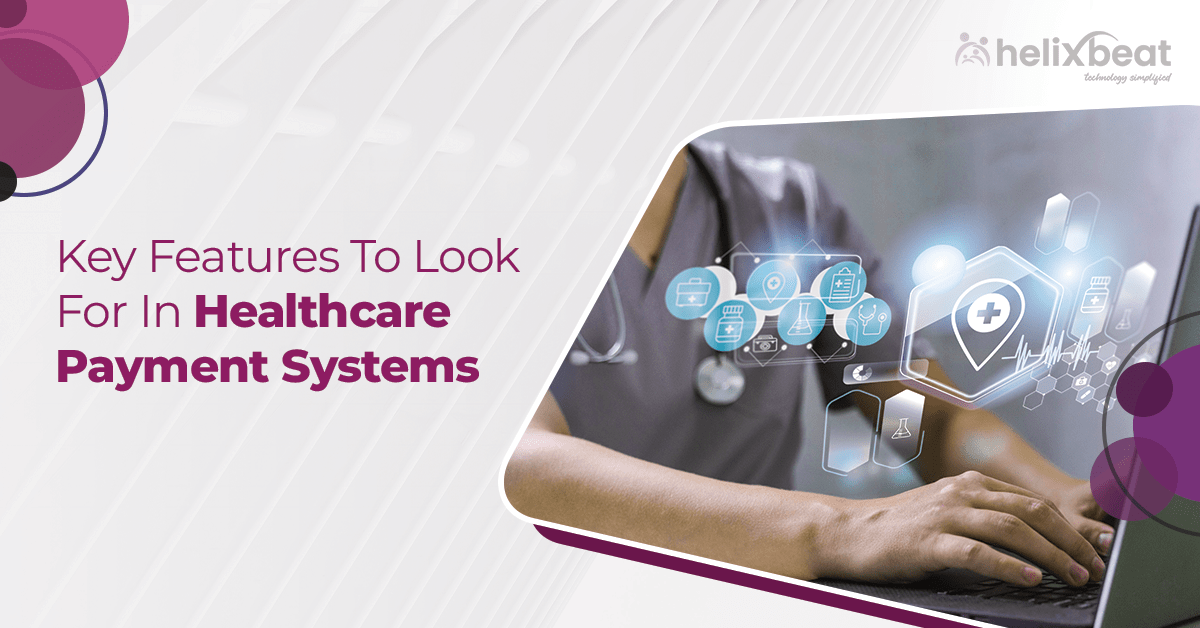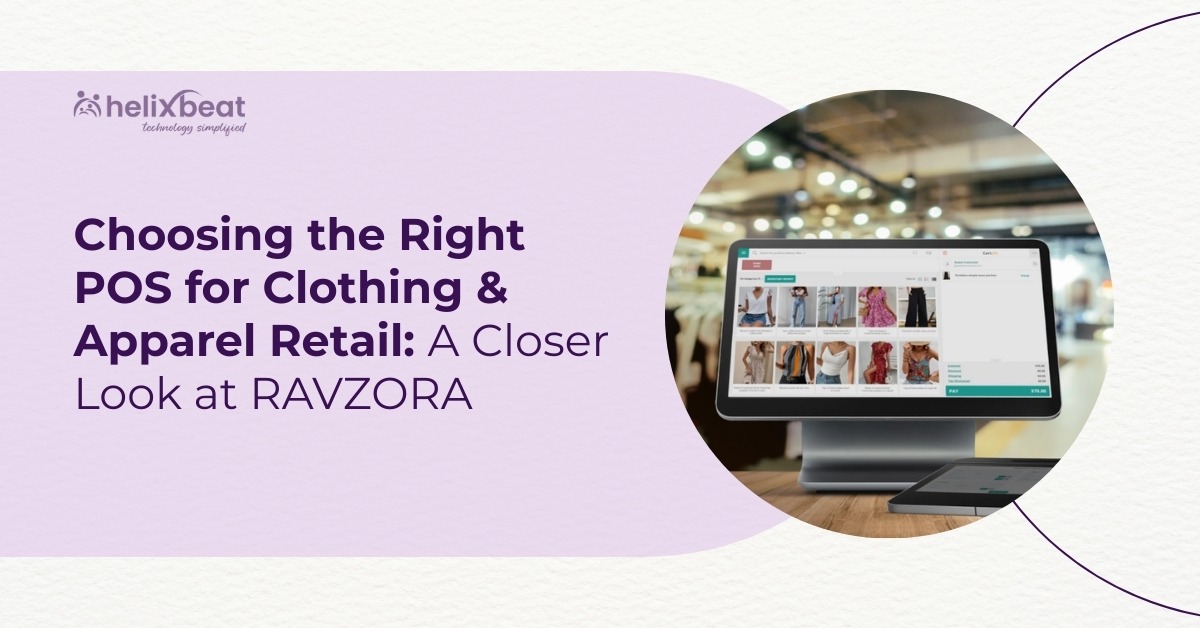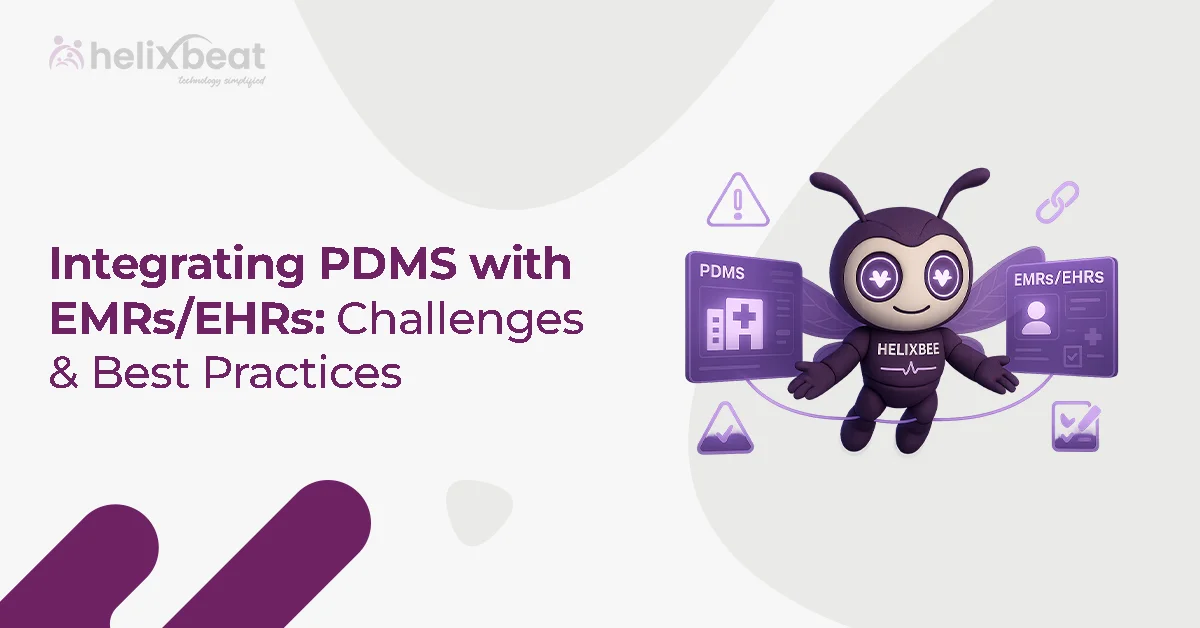Let’s face it: Navigating payments in healthcare can feel like solving a 10,000-piece puzzle with no picture on the box. Whether you’re a provider trying to collect payments or a patient trying to make one, the process can be confusing, slow, and, let’s be honest—frustrating.
That’s why healthcare payment systems have evolved into a major focus of innovation. They’re no longer just about billing. Today, they’re about creating seamless, transparent, and secure financial experiences—for both providers and patients.
So, what exactly should you look for in a great healthcare payment systems? Whether you’re a hospital administrator, clinic manager, or fintech innovator entering the healthtech space, understanding the essential features of modern healthcare payment systems is a game-changer. Especially when we’re talking about the complexities of US healthcare payment systems, where regulations, insurance, and patient expectations collide.
Let’s break it down into human terms, shall we?

Table of Contents
1. Patient-Friendly Payment Options
Ever tried to pay a hospital bill online and ended up giving up halfway? You’re not alone. A top-notch healthcare payment systems should make it ridiculously easy for patients to pay. That means offering:
- Multiple payment methods: Credit/debit cards, ACH transfers, mobile wallets (like Apple Pay, Google Pay), and even newer options like BNPL (Buy Now, Pay Later).
- Flexible payment plans: Everyone’s financial situation is different. Being able to break down a large bill into smaller monthly installments can be a lifeline for many families.
- One-click payments and autopay: If a patient has recurring visits or treatments, setting up autopay saves time and mental load.
This isn’t just about convenience—it’s about empathy. A payment system that considers the patient’s financial comfort builds trust and satisfaction.
2. Insurance Integration
Let’s talk insurance. It’s complicated, especially in the US. One of the biggest pain points in the US healthcare payment systems is understanding what’s covered, what’s not, and how much the patient owes out of pocket.
A good healthcare payment systems integrates real-time insurance verification and estimation tools. That means:
- Checking insurance eligibility before services are rendered.
- Estimating the patient’s out-of-pocket costs with as much accuracy as possible.
- Submitting claims electronically and receiving updates on their status.
This doesn’t just benefit patients. It also reduces administrative overhead for staff, minimizes billing errors, and accelerates reimbursement timelines.
3. Secure and Compliant Transactions
Healthcare data is sacred—and sensitive. Any payment system handling this data must be HIPAA compliant for financial transactions.
What to look for:
- End-to-end encryption: So that every transaction is safe from prying eyes.
- Tokenization: Replacing sensitive data with non-sensitive equivalents to reduce breach risk.
- Multi-factor authentication (MFA): Especially for patient portals and provider dashboards.
- Audit trails: For transparency and accountability.
In a world where cyber threats are becoming more sophisticated, security can’t be an afterthought—it must be built into the DNA of the system.
4. Mobile Compatibility
More than 70% of patients now use their mobile devices to interact with healthcare services. Your payment system needs to be mobile-first, not just mobile-friendly.
That includes:
- Responsive design across all devices.
- In-app payment integration for mobile health apps.
- SMS and push notification support to remind patients about due payments or expiring cards.
The idea is to meet patients where they are—in the palm of their hands.
5. Transparent Billing and eStatements
Nobody likes surprises—especially not surprise medical bills. A good healthcare payment system makes billing as clear and digestible as possible.
Here’s what helps:
- Itemized eStatements that explain each charge in plain language.
- Visual dashboards for patients to track balances, payments made, and upcoming charges.
- Instant alerts when a new bill is posted or a payment is processed.
Think of it as turning billing from a black box into a glass one. Patients feel empowered, not confused.
6. Automated Reminders and Notifications
Forgetful patients aren’t always negligent—they’re human. Life gets busy. Automated reminders can work wonders in reducing late payments.
Key features to look for:
- Text or email reminders before and after due dates.
- Notifications for upcoming auto-debits so patients aren’t caught off guard.
- Alerts for failed transactions with simple retry options.
When communication flows smoothly, payments follow.
7. Integrated Analytics and Reporting
Behind every successful billing system is a data engine that keeps everything humming. For healthcare providers, robust analytics and reporting tools can uncover insights that improve financial performance.
Look for features like:
- Revenue cycle dashboards that show payment trends, aging balances, and denial rates.
- Patient segmentation to understand who pays on time and who may need flexible plans.
- Staff performance tracking to optimize workflows.
In the world of US healthcare payment systems, where margins can be tight and regulations strict, these insights can be a game-changer.
8. Interoperability with EHR and Practice Management Systems
Your payment system shouldn’t live in a silo. It should play nicely with other systems—especially Electronic Health Records (EHR) and Practice Management Software (PMS).
Interoperability ensures:
- No double data entry for staff (which means fewer mistakes).
- Real-time syncing of patient data, appointments, and billing information.
- A unified view for patients and providers, reducing confusion.
The goal? Seamless operations and a better patient experience.
9. Custom Branding and White-Labeling
Your payment system is an extension of your brand. It should look and feel like you—not some third-party service.
With white-labeling and custom branding options, you can:
- Customize patient portals with your logo, colors, and tone of voice.
- Maintain brand consistency across email and SMS communications.
- Build deeper trust with patients through a familiar and professional experience.
10. Support for Multiple Facility Types and Scales
Whether you’re running a large hospital network, a single-practitioner clinic, or a multi-location specialty practice, your healthcare payment systems should scale with you.
That means:
- Multi-location support under one admin account.
- Custom role-based access for billing staff, finance teams, and doctors.
- Adaptability to different specialties like dental, ophthalmology, physical therapy, etc.
Your system should grow as your practice grows—without adding headaches.
11. AI and Automation for Smart Billing
This one’s for the future-forward thinkers. Modern healthcare payment systems are starting to leverage AI and machine learning to automate complex billing scenarios.
Imagine:
- Predicting claim denials before submission.
- Suggesting optimal payment plans based on patient history.
- Auto-matching Explanation of Benefits (EOBs) with payments.
This isn’t sci-fi. These are real capabilities that help reduce administrative fatigue and optimize revenue cycles.
Why Paynova Stands Out Among Healthcare Payment Systems
At Paynova, we’ve designed our healthcare payment system with one mission in mind: to simplify and humanize payments for patients and providers. Every feature we offer is built to solve real-world pain points in the healthcare industry—especially in the complex environment of US healthcare payment systems.
Patient experience is at the heart of everything we do. With Paynova, patients get access to multiple payment options including cards, ACH, mobile wallets, and even flexible installment plans. Our easy-to-use interface and mobile-first design ensure payments can be made anywhere, anytime—without confusion or delays.
For providers, Paynova integrates seamlessly with existing EHR and practice management systems, reducing administrative burden and eliminating data silos. Our real-time insurance verification and cost estimation tools help you avoid claim rejections and ensure patients know what to expect before they pay.
Security is non-negotiable. That’s why Paynova is both HIPAA and PCI-DSS compliant, offering end-to-end encryption, tokenization, and role-based access controls. We also support automated reminders, eStatements, and customizable portals that reflect your brand identity—boosting trust and patient engagement.
Behind the scenes, powerful analytics tools provide real-time insights into cash flow, claim status, and patient payment behavior, helping you make smarter financial decisions and improve your revenue cycle.
From small practices to large healthcare networks, Paynova scales with you. Whether you’re managing one location or many, our platform is flexible, reliable, and designed to grow with your needs
Final Thoughts: Healthcare Payments Should Be Human, Too
Here’s the thing: healthcare is deeply personal. Every bill, every payment, every interaction—it all happens in the context of someone’s health, healing, and life.
So the best healthcare payment systems are the ones that balance technology with empathy. They don’t just check boxes—they make people’s lives easier, clearer, and a little less stressful.
And in the complex world of US healthcare payment systems, finding the right partner can make all the difference.
If you’re building, buying, or upgrading your healthcare payment system, take this list with you. Look for the features that prioritize the human experience—not just the transaction.
At Paynova, we believe that payments in healthcare should be stress-free—for patients and providers alike. Our healthcare payment gateway is built to empower care organizations with simple, secure, and scalable payment experiences. Whether you’re a clinic or a multi-site health system, we’re here to support your payment journey with innovation, empathy, and unmatched support.
Because when you make payments easy, secure, and transparent, everyone wins—patients, providers, and the entire healthcare ecosystem.
FAQs
- What is a healthcare payment system?
A healthcare payment system is a digital platform that facilitates the processing of patient payments, insurance billing, and financial transactions in healthcare settings.
- Why are healthcare payment systems important?
They streamline billing, reduce errors, ensure compliance, improve cash flow, and enhance patient satisfaction by offering flexible and transparent payment options.
- How do US healthcare payment systems differ from others?
US systems often deal with complex insurance requirements, multiple payer types, and stringent compliance standards like HIPAA, making advanced features essential.
- What features should patients look for in a healthcare payment system?
Patients benefit from easy payment options, clear billing statements, mobile access, flexible plans, and secure, HIPAA-compliant platforms.
- How can providers benefit from modern payment systems?
Providers gain efficiency through real-time insurance verification, EHR integration, automated reminders, and detailed analytics to optimize revenue cycles.
- Are healthcare payment systems secure?
Yes, leading systems like Paynova use end-to-end encryption, tokenization, MFA, and are compliant with HIPAA standards to protect sensitive data.
- Why choose Paynova for healthcare payments?
Paynova offers all essential features—multiple payment options, full integration, compliance, mobile access, automation, and analytics—to simplify payments for all.














